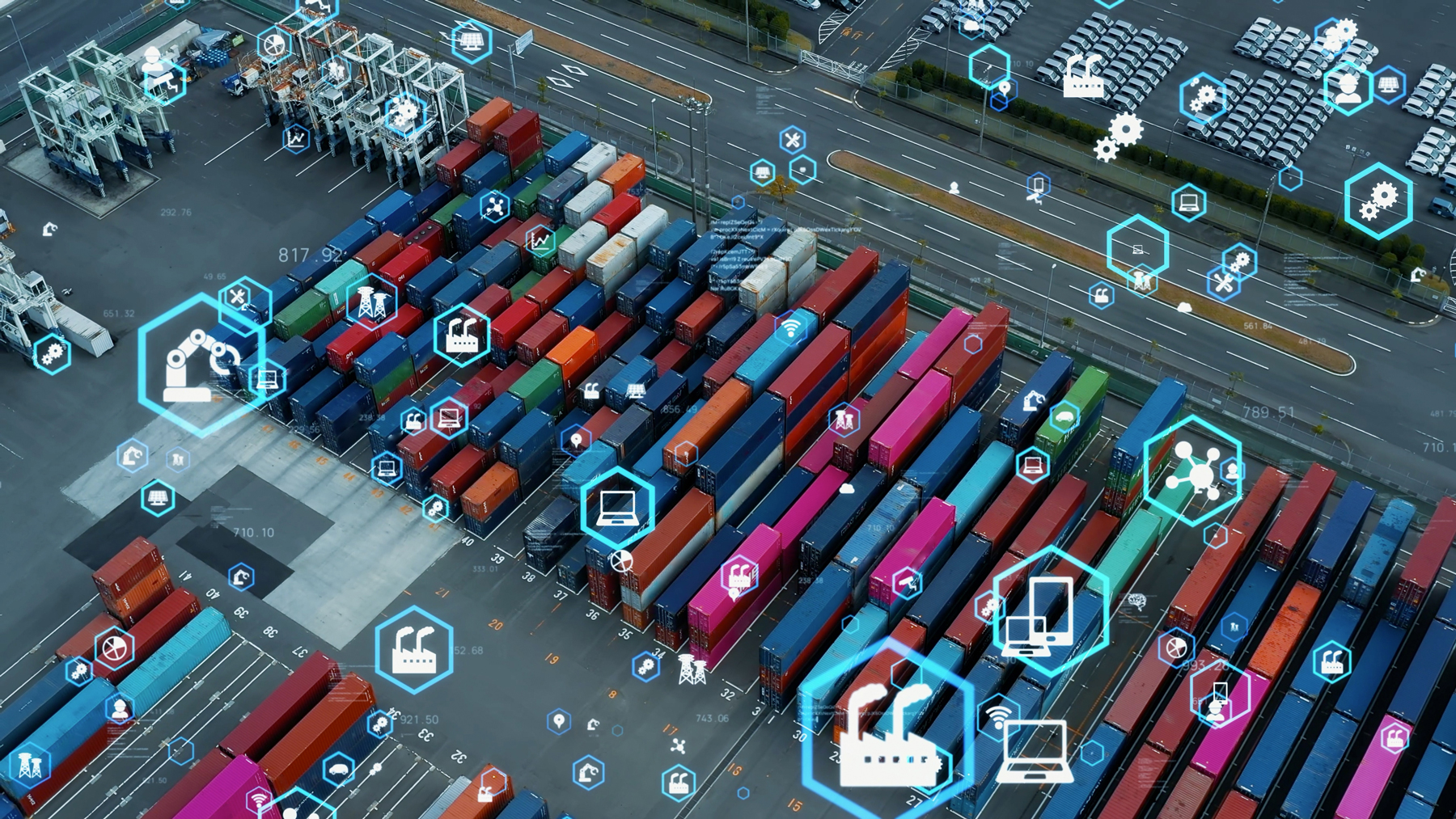
At FourKites’ Visibility Conference, a panel of experts moderated by CNBC’s Lori Ann LaRocco set out to provide attendees with actionable information for taking advantage of artificial intelligence. With AI becoming more accessible through tools like ChatGPT and Bard, supply chain professionals can vastly improve their operations.
Discussion among Philippe Gilbert, Managing Director at Arco Consulting International, Joe Wildes, Chief Innovation Officer at ARMADA, Tom Bianculli, Chief Technology Officer at Zebra Technologies and Priya Rajagopalan, Chief Product Officer at FourKites, underscored three things to consider when looking to implement AI-powered solutions.
Here’s the panelists’ advice for supply chain leaders:
While some companies have leveraged AI in their supply chain for years, we have not yet seen widespread integration and adoption. To truly harness its potential, supply chain leaders must first:
“It’s all about the data: Is it available? Is it of quality enough to at least get started? Can you use it?”
— Joe Wildes, Chief Innovation Officer, ARMADA
The mere presence or adoption of AI in an organization doesn’t guarantee transformative results. For AI to have a profound and lasting impact, its deployment must be rooted in strategy. This involves:
“Most people likely believe that AI can do amazing things, but far fewer will say their organization can do amazing things with AI. That’s why it’s critical to go after the low-hanging fruit, the simple wins.”
— Priya Rajagopalan, Chief Product Officer, FourKites
Adopting AI can be an unknown frontier for professionals at every level of an organization. To drive adoption, help teams understand how AI can act as a supportive tool that makes them more effective in their role. Supply chain leaders should focus on:
“One of the biggest challenges is not the technology itself, but change management — the people. Leaders should really think that part through and work backward to the outcome. Pulling the teams together to do that is critical.”
— Tom Bianculli, Chief Technology Officer, Zebra
With all the hype surrounding AI, it can be easy to get lost in the noise. But supply chain leaders shouldn’t lose sight of the very real ways it can significantly improve their day-to-day operations. If you want more tips to advance — or begin — your journey, download our AI in Supply Chain Checklist.